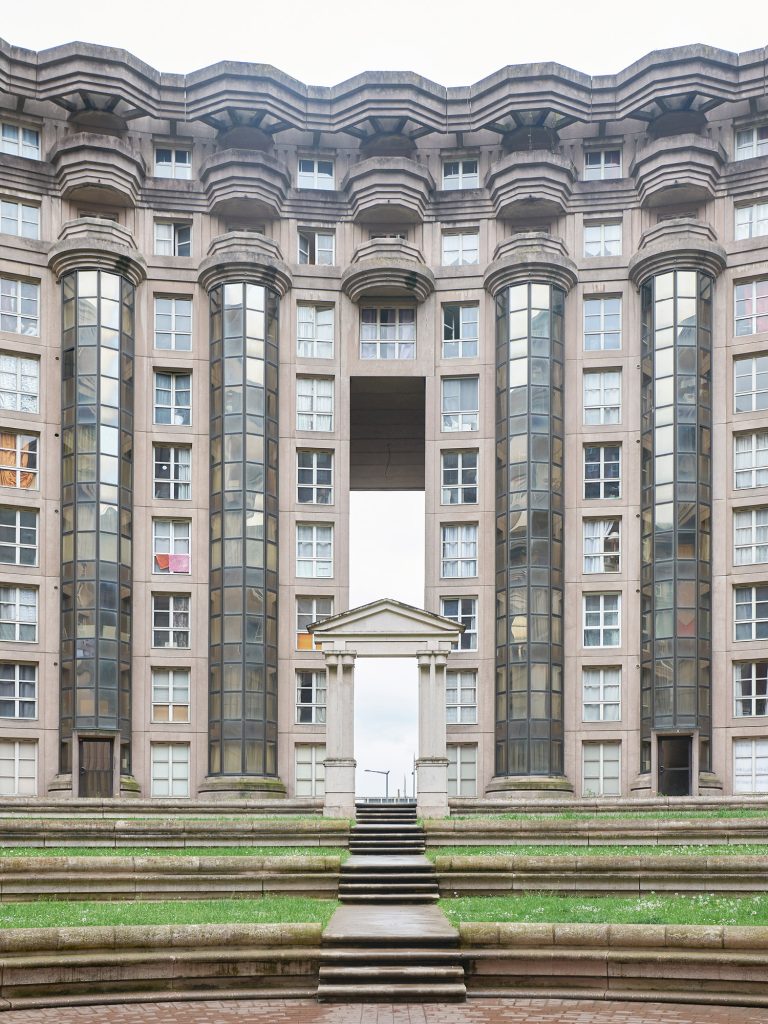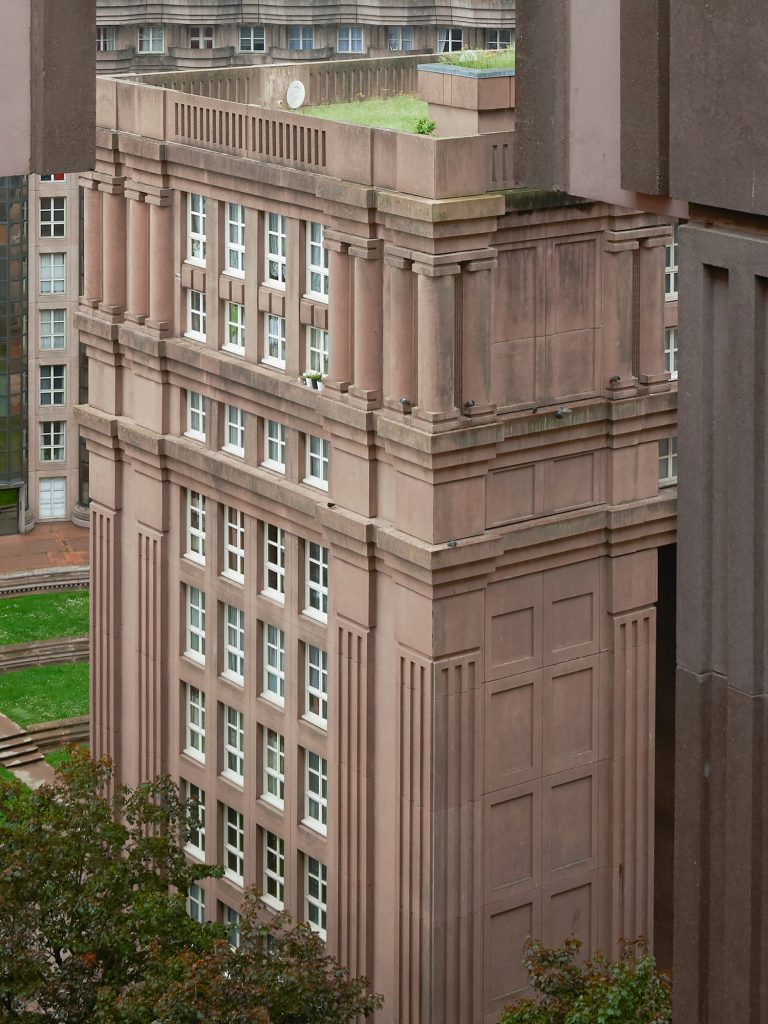
Genius Loci is taking up residence at Les Espaces d’Abraxas for a highprofile exhibition in the heart of the housing complex in Noisy-le-Grand (East of Paris), built in 1983 by the Catalan architect Ricardo Bofill.
To run from June 17th through 25th, 2023, the exhibition offers carte blanche to one of today’s emerging talents, the visual artist Samuel Nguyen. For this project, the Villa Arson graduate has specially created a series of works and installations conceived through dialogues with the residents of Les Espaces d’Abraxas, to be presented in the Arche, in a temporary exhibition space being inaugurated for the event.
By choosing this postmodernist architectural complex, a longcontroversial fragment of the new urban landscape, Genius Loci is pursuing its mission of raising public awareness and fostering dialogues among disciplines, set forth in 2021 by the organization’s founder, the curator Marion Vignal, with the desire to bring new life to forgotten or little-known architectural treasures in resonance with contemporary creation.
Presented in parallel with the Festival Regard Neuf 3, the Genius Loci exhibition at Les Espaces d’Abraxas is being mounted in partnership with the social housing providers Seqens and CDC Habitat social, L’apes-Action Logement, the City of Noisy-le-Grand, CAUE93, Ricardo Bofill Taller de Arquitectura, Camillo Gorleri and the association Au Coeur des Espaces d’Abraxas.










Built by Ricardo Bofill between 1978 and 1983 in the Mont d’Est neighborhood of Noisy-le-Grand, Les Espaces d’Abraxas comprises three buildings: Le Théâtre, l’Arche and Le Palacio, housing some 600 apartments in all.
Bofill, the founder of the architectural firm RBTA (Ricardo Bofill Taller de Arquitectura), conceived this vast
complex in response to a large-scale construction program launched by the socialist government under President François Mitterrand to palliate a housing crisis in France. The goal was to design high-quality affordable housing for a constantly growing population. Through this project, the Catalan architect proved that it was possible to build public housing with true architectural creativity, without succumbing to standardization or soulless functionalism. Its concrete façades are compositions of archetypal forms, like arches, pediments and columns, temples and amphitheaters, evoking our collective cultural memory.
For this commission, emblematic of his public architecture projects, Bofill drew inspiration in particular from the Italian Renaissance architect Andrea Palladio, the French classic masters François Mansart and Claude-Nicolas Ledoux, as well as the Catalan modernist Antoni Gaudi.
Bofill envisioned the complex as an “ideal city,” a place where people could live, work and socialize in an environment designed to promote a sense of community and harmony.
However, the construction of Les Espaces d’Abraxas elicited as much criticism as enthusiasm, with many detractors denouncing it as isolating and unwelcoming.
Threatened with demolition in the 2000s, the site was finally renovated in 2014 with the help of Bofill and his agency Taller de Arquitectura (RBTA).
Les Espaces d’Abraxas has been used as the backdrop for many films, including À Mort l’Arbitre (“Kill the Referee”) by Jean-Pierre Mocky, Brazil by Terry Gilliam, and more recently the final installment of the Hunger Games saga.








Born in Rognac in 1991, Samuel Nguyen lives and works in Marseille. He began his professional career as a chef before enrolling at Villa Arson, in Nice, and devoting himself to his artistic practice. His work is always intended to be circumstantial, adapted to a specific context: a place, a backstory, a social environment… His artworks take form and develop through contacts with a segment of society. Nguyen’s work was recently featured in a group exhibition entitled malléable, aléatoire at Andréhn-Schiptjenko Gallery in Paris.







